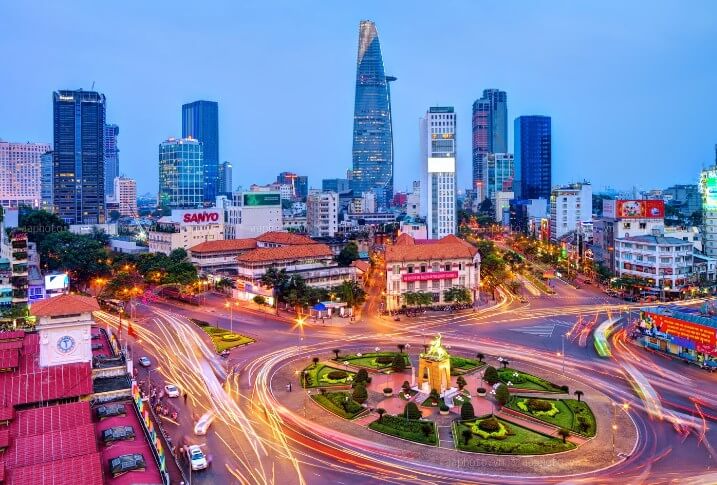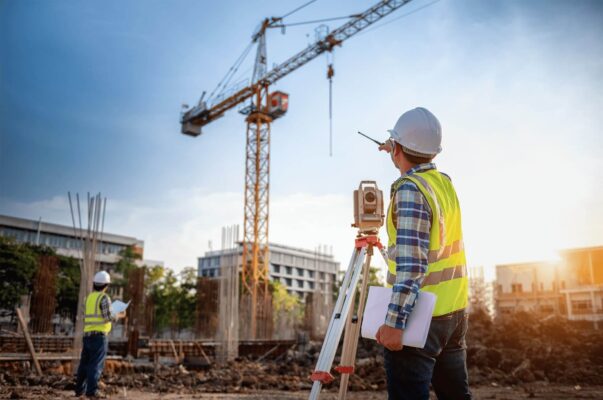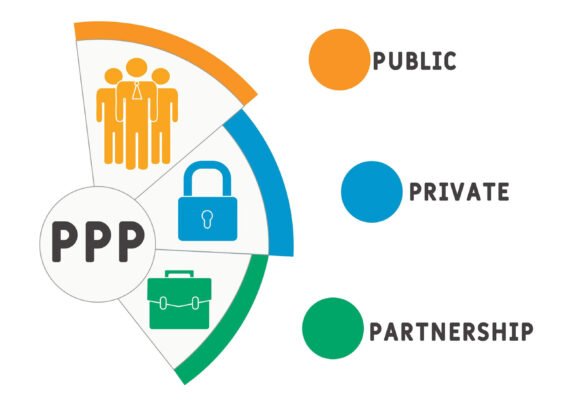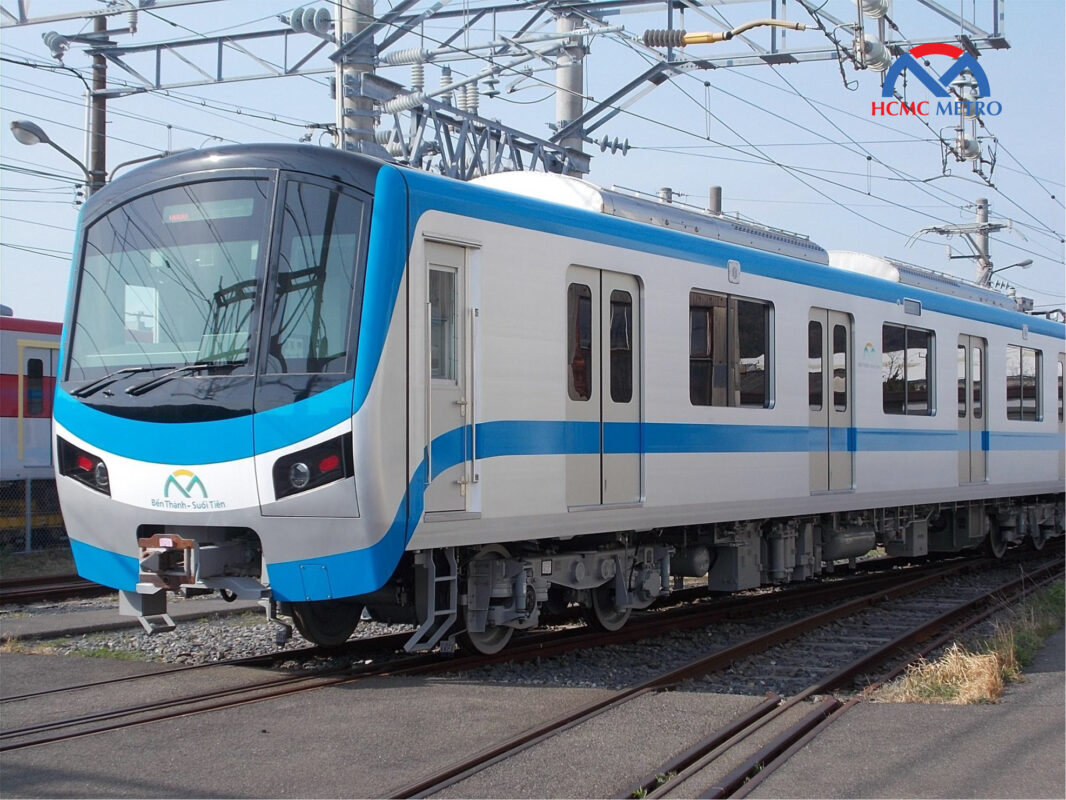The world is currently operating in industry 4.0 with outstanding advances in science, technology, and engineering. Vietnam, as a developing country, is also attempting to absorb those essences. This is reflected in the government’s emphasis on infrastructure construction, upgrades, and improvement. Let’s learn about PC1 Group, a reputable and professional contractor with many years of experience in the field of infrastructure construction, in the following article.
Infrastructure construction meaning
Large structures, bridges, dams, pipelines, road networks, ports, railways, and aqueducts are all examples of infrastructure construction. Designing and constructing infrastructure costs a lot of money and time. They typically have a limited lifespan and are designed to support a specific maximum use or population. This makes it difficult for public and private sector planners to make accurate predictions about infrastructure usage levels and how dense the population will be in the future in order to make sure that these systems can support populations for 10 to 30 years.
Infrastructure construction in Vietnam

In Vietnam, infrastructure projects are referred to as electricity, roads, schools, and stations. They now also include water supply, waste treatment, and telecommunications systems. Previously, the state would invest in infrastructure and assign construction to government corporations. However, due to the government’s open-door policy, private companies are currently able to bid on these projects. As a result, more and more good construction units, such as PC1 Group Joint Stock Company, appear, ensuring quality while reducing construction costs.
What is an infrastructure contractor?

Large infrastructure construction programs frequently involve a central organization that oversees the overall project, which includes hundreds or thousands of subcontractors who each provide a variety of subcomponents and services. The engineering, procurement, and construction (EPC) contractor is another name for this position. In government contracts, they would serve as the prime contractor. In a nutshell, EPC firms are composed of highly skilled civil engineers, project managers, and builders.
Types of infrastructure contractors
The infrastructure and construction sector is divided into a number of subsectors, from homebuilders to organizations that provide support for sizable government-funded projects.
Public-Private Partnerships

Large infrastructure projects typically involve public-private partnerships to some extent because of their duration and funding needs, which frequently call for government support. Additionally, public assets or services like transportation, power, and water networks are frequently involved in these projects.
Without government support, it would be extremely difficult for businesses to construct significant infrastructure. The risk profile and capital requirements for these projects can be prohibitive, especially for public companies judged on their short-term financial results. Without government risk and cost-sharing, numerous large projects simply could not be built.
Public-private partnerships are frequently required, but they are structurally flawed because they separate the user (citizens) from the buyer (government). This can cause pricing mechanisms to be distorted and lead to excess capacity, or the opposite. Both parties in the partnership must be trained and skilled in managing public-private partnership programs to reduce these distortions.
Private Development
There are private companies that carry out sizable development projects without receiving government funding, even though the majority of large infrastructure is developed through public-private partnerships. Large commercial and residential complexes, for instance, are frequently private endeavors. These can be multibillion-dollar projects with many of the same risks as significant infrastructure projects in large cities and megacities.
As the company bears the entire risk of underdevelopment or overdevelopment, privately funded projects are riskier than public-private projects. Because of this, the biggest of these projects are typically only found in the centers of significant cities, where businesses can be sure that stable long-term demand projections will exist.
Factors affecting the infrastructure and construction industry
Technology

From a technological standpoint, the infrastructure and construction industries are constantly innovating. These technologies can be brand-new materials in some cases or process- and technique-based innovations in others. Because businesses must strike a balance between innovation, safety, and risk, this sector occasionally adopts higher-risk new technologies more slowly than others.
Materials science is a clear area of technological innovation for businesses in the infrastructure and building sectors. Once these technologies mature further, both additive manufacturing and nanomaterials have the potential to significantly alter this industry.
Another area of technology that is crucial to infrastructure and construction is testing, systems integration, and program management software. Building information modeling (BIM) tools enable more effective planning, design, and model-based testing that aid contractors in maximizing space and minimizing errors.
Other factors
Sustainability and power consumption are also significant areas of technological innovation. Megacities in developed nations are straining electricity grids and causing public health problems, which many believe can be solved with next-generation technologies incorporated into upcoming public and private construction.
Constraints that affect infrastructure contractors
Sustainability and power consumption are also significant areas of technological innovation. Megacities in developed nations are straining electricity grids and causing public health problems, which many believe can be solved with next-generation technologies incorporated into upcoming public and private construction.
Timelines and Unknown Future Usage
Large structures and infrastructure require a lot of time to construct and are made to last for at least 30 years. For instance, a bridge is constructed with a target lifespan in mind, assuming certain traffic and usage patterns. The bridge will last longer if fewer vehicles use it. It will require more frequent maintenance and replacement if it is used by heavier or more vehicles.
Using this straightforward example, it is crucial for government officials and business planners to have an accurate projection of usage trends for the next 30 to 50 years. Although the usage models for dams, power plants, and other public infrastructures are more complicated, a clear understanding of future population and demographic trends will lead to better and more effective use of public resources in every case.
Asset Expenses
Large infrastructure requires a lot of financial, material, and human resources, as was already mentioned. Additionally, switching costs are very high because redundant, parallel systems are needed. High asset costs compel planners to establish and adhere to a course of action over decades, regardless of the availability of new, conflicting information. Once a project is started, changing directions may be financially impossible.
The public-private development model is made more complex by high costs because it becomes crucial to determine who bears what cost and risk, particularly when projects lag behind schedule.
Governmental Control
Government sponsorship comes with the difficulties that come with working under government control, despite the fact that it is often beneficial and even necessary. The regulatory burden imposed by government cost-accounting and management systems is sometimes the only thing that applies in these situations.
In other instances, it goes so far as to politicize significant development programs, which can be either ineffective or extremely disruptive. Due to the fact that many highly visible public projects are funded by taxes or bond issuances, they frequently become political and even campaign issues. Increased regulation and oversight may follow from this.
Strategic Resources
Businesses involved in infrastructure and construction occasionally work on resources or national security-related projects. Numerous ports, energy-transportation networks, power-generation facilities, canal systems, and other projects fall under this category.
Since strategic resources are inherently political, they can be influenced by a range of regional, national, and global political reasons. Large construction firms are occasionally seen as national assets in and of themselves. Although this may produce advantageous effects like protected market positions, it can also limit the decisions made by company executives because they become fictitious government entities.
Clients and Asset Operators
Government-backed building programs separate the user from the customer, which poses another structural problem. In this instance, the taxpayers and citizens who will ultimately use the asset are the users, not the government purchasing entity. When the user and the customer are on the same page, this works great, but when they are not, it can lead to problems with requirements and perception.
It is also crucial to remember that construction firms create systems that are typically run by another business or a team of government workers. Even though it is typically outside the control of the company that built the system, the operator’s management of the infrastructure or system has a significant impact on whether it ultimately succeeds or fails.
Categories of infrastructure work PC1 Group carries out
PC1 Group specializes in the following aspects of infrastructure construction:
- System of electric lighting and domestic electricity from the mainland to the island
- The treatment system of Domestic and industrial waste and wastewater
- System of public transportation, roads, and bridges
- Water filtration and distribution system
- Telecommunications systems include cable television, telephones, and the internet, among others.
Professional reputable technical infrastructure contractor PC1 Group
One of the most important deciding factors in constructing a project that ensures both quality and safety for users is the construction process. Thanks to a team of experienced and well-trained engineers, PC1 Group has completed this construction process as follows:
- Step 1: Prepare design and construction documents
- Step 2: Make a commencement announcement
- Step 3: Take measurements and look for construction landmarks
- Step 4: Construct a camp and gather materials on the job site
- Step 5: Start construction
- Step 6: Finishing and handing over
- Step 7: Assist with after-construction maintenance and warranty
Furthermore, the client or the investor can collaborate with PC1 Group throughout the process to ensure that the project’s criteria are met.
Infrastructure construction projects implemented by technical infrastructure contractor PC1
Ben Thanh – Suoi Tien Line, Ho Chi Minh City Urban Railway Construction Project (Line 1)

- Investor: Ho Chi Minh City Railway Project Management Board
- Period of implementation: June 1, 2019 – June 1, 2022
In this infrastructure road construction, PC1 Group is the general contractor in charge of:
- Electrical installation of the entire power supply system for the project with 2 110KV underground cable lines
- Installing all transformer stations to supply 1500VDC rectifier current for trains of Metro Ben Thanh – Suoi Tien project
- Installation and wiring of all communication and signal systems of the project
This railway line is 19.7 kilometers long, with a 2.6-kilometer underground section passing through three stations and a 17.1-kilometer elevated section passing through eleven stations. The route begins at Ben Thanh market and travels underground for 2.6 kilometers, passing through Ben Thanh stations, the City Opera House station, and Ba Son station in the Vinhomes Golden River urban area before ascending 17.1 kilometers overhead. Then, follow the Van Thanh canal, cross the Saigon River, and finish at the new Eastern Bus Station by running along the Hanoi Highway.
This route plays a critical role in solving traffic congestion and environmental pollution. The station is expected to welcome around 14,000 passengers per hour during peak hours once it is operational.
Why should PC1 Group Joint Stock Company be your infrastructure contractor of choice?
Quality is always prioritized by PC1 Group in all projects because high-quality work lasts a long time and ensures user safety. As a result, customers will have confidence in PC1 Group and are more likely to choose them again. When working with customers, PC1 Group will always committed to completing the project with the best possible results.
The selection and training of human resources at PC1 Group is always rigorous. PC1 Group’s engineers all have advanced degrees and extensive professional experience, particularly in the field of infrastructure development. Furthermore, PC1 Group holds annual intensive training courses to help engineers improve their skills and keep up with the latest construction trends.
PC1 Group’s construction materials are also of the highest quality and have traceable origins. All detailed information about the source of construction materials will be provided as well, allowing the investor to be confident that the cost will be reasonable in comparison to the quality.
Customers and businesses who are having trouble deciding on a reputable wind power plant construction unit should contact EPC PC1. We prepared to accompany our customers until the project is completed in order to achieve the best possible results.
PC1 GROUP JOINT STOCK COMPANY
- Tax code: 0100100745; Ticker symbol: PC1
- Building CT2-No. 583 Nguyen Trai, Thanh Xuan, Hanoi, VN
- Hotline EPC: 0978.299.298
- Email: epc@pcc1.com.vn
See more:
- Professional and prestigious EPC general contractor in Vietnam
- Wind farm construction – The rising strength of EPC PC1
- Renewable energy solutions for the 4.0 era
- Energy storage solutions provided by PC1 Group
- Wind power project implementing and starting conditions



